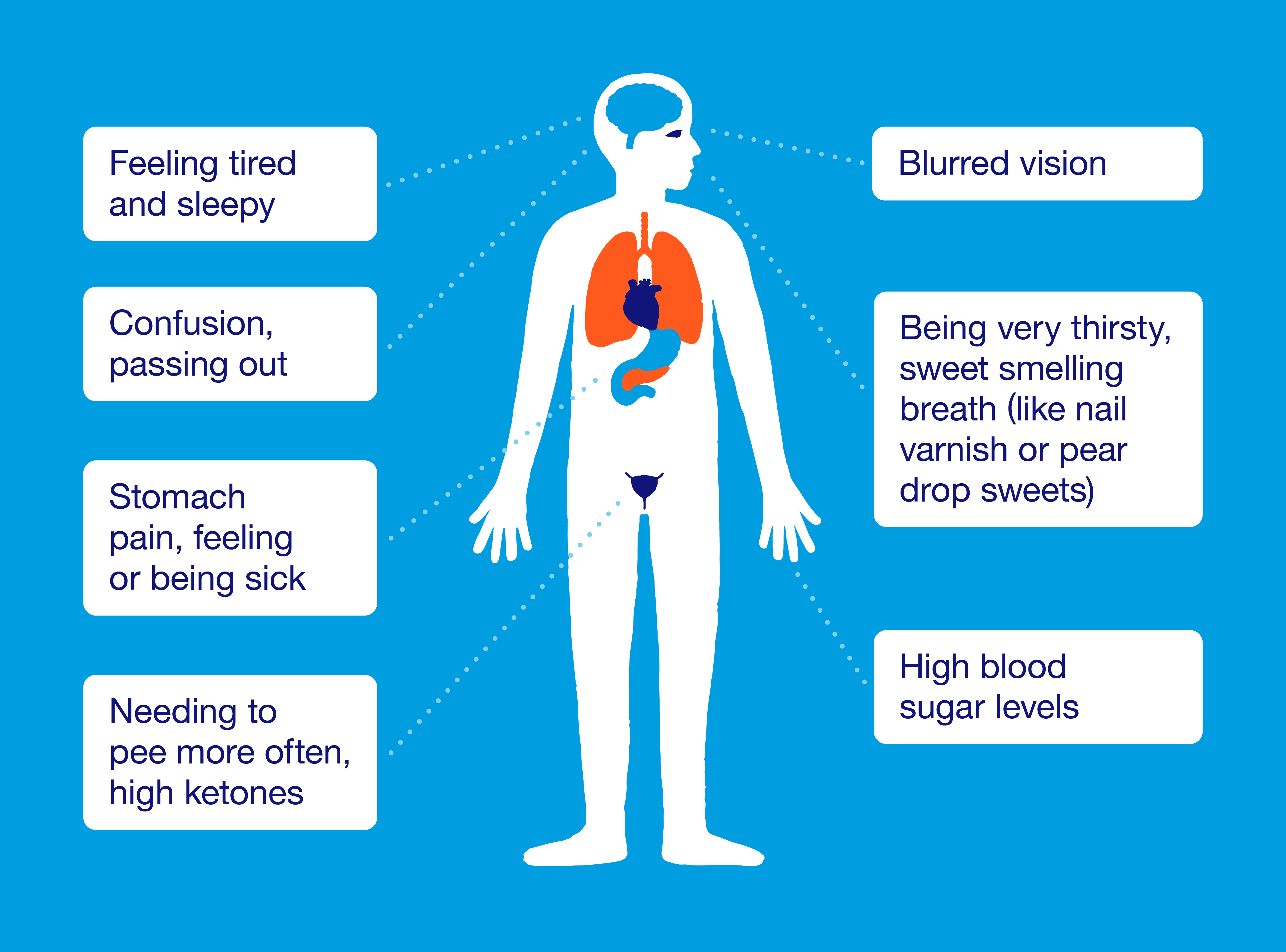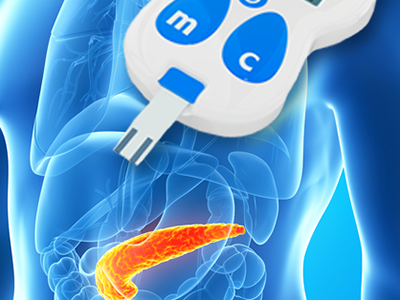Diabetes
(Diabetes Mellitus )
Overview
Diabetes is a disease that occurs when your blood glucose, also called blood sugar, is too high. Blood glucose is your main source of energy and comes from the food you eat.. Sometimes your body doesn’t make enough—or any—insulin or doesn’t use insulin well. Glucose then stays in your blood and doesn’t reach your cells.
Warning
Diabetes causes a person’s blood sugar levels to become too high. Recognizing the early signs and symptoms of this chronic condition can result in a person getting treatment sooner, which reduces the risk of severe complications.
Advice
1-Check your risk of diabetes.
2-Manage your weight.
3-Exercise regularly.
4-Eat a balanced, healthy diet.
5-Quit smoking.
6-Control your blood pressure.
7-Reduce your risk of cardiovascular disease.
8-See your doctor for regular check-ups.

Early Diabetes symptoms
People with prediabetes have higher-than-normal blood sugar levels, but doctors do not consider them to have diabetes yet. According to the CDC, people with prediabetes often develop type 2 diabetes within 5 years if they do not get treatm.
The early signs and symptoms of type 2 diabetes can include :-
- Tingling, numbness, or pain in the hands or feet
- Slow healing of cuts and wounds
- Frequent urination
- Increased thirst
- Always feeling hungry
- Feeling very tired
- Blurry vision
- Patches of dark skin
- Itching and yeast infections

What causes high blood sugar?
A number of medical conditions can cause hyperglycemia, but the most common by far is diabetes mellitus. Diabetes affects over 8% of the total U.S. population. In diabetes, blood glucose levels rise either because there is an insufficient amount of insulin in the body or the body cannot use insulin well. Normally, the pancreas releases insulin after a meal so that the cells of the body can utilize glucose for fuel. This keeps blood glucose levels in the normal range.
Type 1 diabetes is responsible for about 5% of all cases of diabetes and results from damage to the insulin-secreting cells of the pancreas.
Type 2 diabetes is far more common and is related to the body's inability to effectively use insulin.